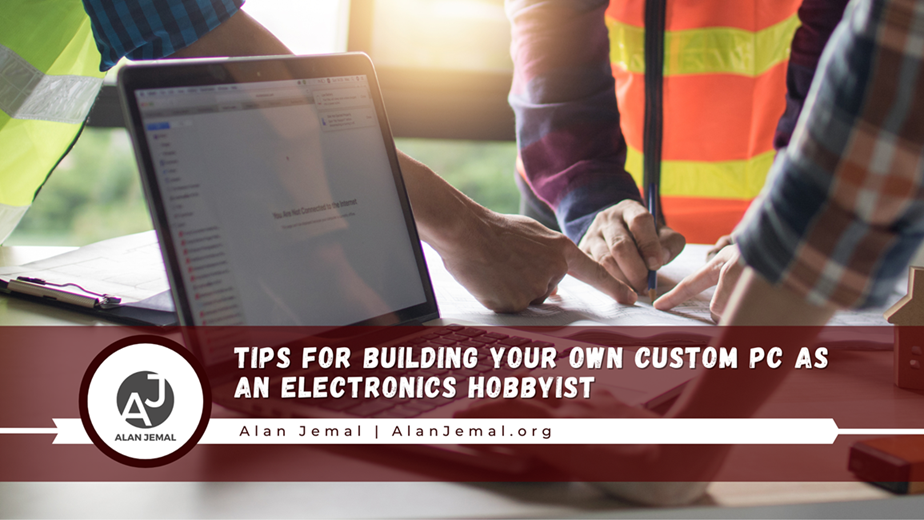Building your custom PC can be an exhilarating and rewarding experience for electronics hobbyists. From selecting components to assembling the system, every step offers creativity and learning opportunities. In this blog, we’ll share some valuable tips to help you embark on your DIY PC-building journey and create a customized rig that meets your performance needs and reflects your style.
1. Research and Plan:
Before diving into the build process:
- Take the time to research and plan your custom PC.
- Identify your budget, intended use (e.g., gaming, content creation, or general productivity), and performance requirements.
- Research compatible components such as processors, graphics cards, motherboards, RAM, storage drives, and power supplies to ensure compatibility and optimal performance.
2. Choose Quality Components:
Invest in high-quality components from reputable manufacturers to ensure reliability and longevity. When selecting components, consider factors such as performance, compatibility, warranty coverage, and user reviews. Opt for components with features that align with your specific needs and preferences, whether it’s overclocking capabilities, RGB lighting, or silent operation.
3. Create a Balanced Configuration:
Balance is critical when selecting components for your custom PC. Choose a processor, graphics card, and RAM configuration that complement each other and meet the demands of your intended use. Avoid bottlenecks by ensuring no single component significantly outperforms or underperforms relative to the rest of the system.
4. Pay Attention to Cooling:
Effective cooling is essential for maintaining optimal performance and prolonging the lifespan of your custom PC. Invest in quality cooling solutions to dissipate heat efficiently, including CPU coolers, case fans, and thermal compounds. Consider factors such as airflow, noise levels, and compatibility with your chosen components when selecting cooling solutions.
5. Cable Management:
Take the time to organize and route cables neatly inside your PC case to improve airflow and aesthetics. Use cable ties, Velcro straps, or cable management channels to keep cables tidy and prevent clutter. Proper cable management not only enhances the appearance of your custom PC but also facilitates easier maintenance and upgrades in the future.
6. Test Components Before Assembly:
Before assembling your custom PC, test each component individually to ensure functionality. Install the CPU, RAM, and graphics card on the motherboard outside the case and boot the system to verify that all components work correctly. This preemptive testing can help identify defective components or compatibility issues early in the build process.
7. Take Precautions Against Electrostatic Discharge:
Handle electronic components carefully to avoid damaging them with electrostatic discharge (ESD). Wear an antistatic wrist strap or work on an antistatic mat to discharge any built-up static electricity from your body. Avoid working on carpeted surfaces and touch a grounded metal object before handling sensitive components to dissipate static charge.
Building your custom PC as an electronics hobbyist offers a unique opportunity to unleash your creativity and technical skills. By researching and planning your build, choosing quality components, creating a balanced configuration, paying attention to cooling, practicing cable management, testing components before assembly, and taking precautions against electrostatic discharge, you can embark on a rewarding DIY PC-building journey and create a customized rig that is both functional and visually appealing.

